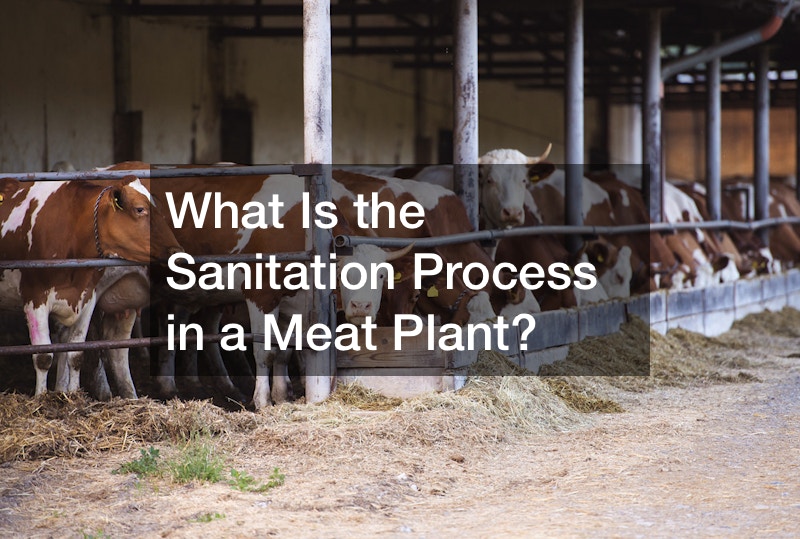
In a meat plant, sanitation plays a critical role in ensuring food safety and maintaining high hygiene standards. The disinfection process involves a series of procedures and practices designed to eliminate harmful bacteria, pathogens, and contaminants from the facility and equipment. To begin the disinfection process, the plant typically undergoes a pre-disinfection step where all surfaces, equipment, and utensils are thoroughly cleaned to remove visible dirt, debris, and organic matter. This step may involve sweeping, scrubbing, or pressure washing to ensure a clean starting point.
After the pre-disinfection step, the plant moves on to the main disinfection phase, which involves the use of sanitizing agents to eliminate microorganisms that may be present on surfaces and equipment. Sanitizing agents may include chemicals, hot water, steam, or a combination of these methods. Surfaces, equipment, and utensils are carefully treated with the appropriate sanitizing agent to ensure the eradication of harmful bacteria and pathogens.

Once the disinfection process is complete, the plant may implement post-disinfection inspections to verify the effectiveness of the cleaning and sanitizing procedures. This may involve visual checks, swabbing of surfaces for microbial testing, or using other monitoring methods to ensure that the process has eliminated potential sources of contamination. This way, you can minimize the risk of foodborne illnesses. Effective sanitation practices are essential to protect consumer health and ensure the production of safe and wholesome meat products.
Share This :


